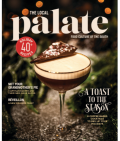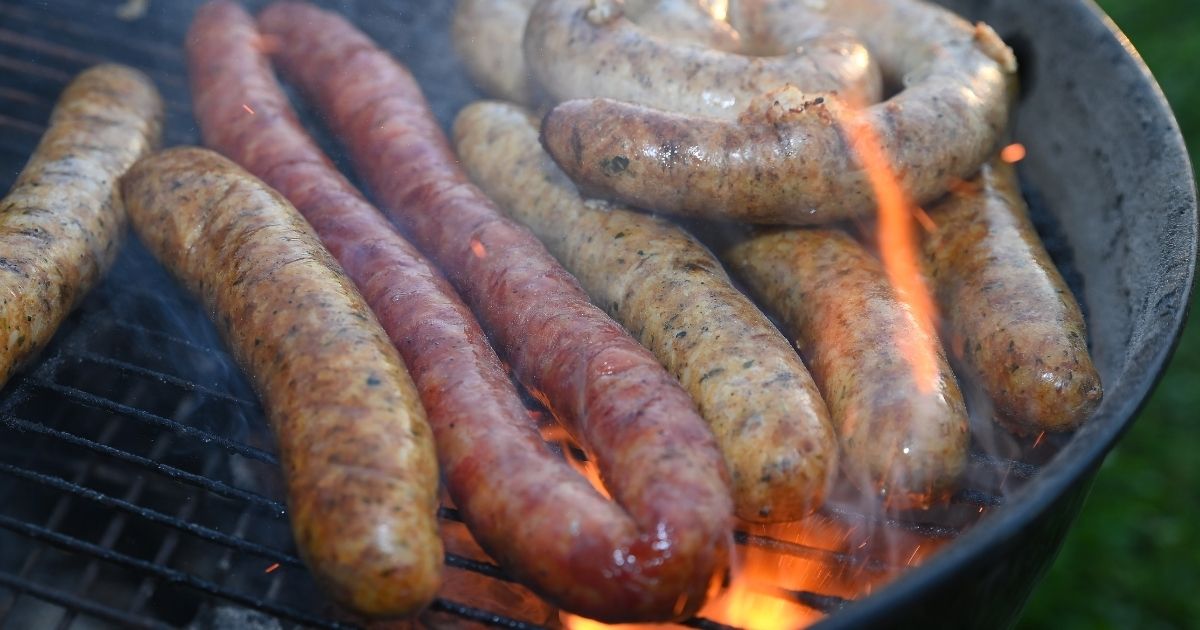When a place as delightfully eccentric as Louisiana describes part of its own state as “quirky,” you know there’s something interesting going on there. This is the case with No Man’s Land, a collection of seven parishes (Allen Parish, Calcasieu, Beauregard, Vernon, Sabine, Natchitoches, and DeSoto) on the western edge of Louisiana that forms the backbone of the state. Born of conflict, and historic home to pirates and scalawags, No Man’s Land is a truly unique region filled with compelling stories and enchanting people.
No Man’s Land’s seven parishes are all bound together by history, but still staunchly individualistic. While the concept of a no man’s land might connote some sort of gray area, a trip from the bayous of the south to the natural gas fields of the north reveals just how colorful this land and its people are. The hardscrabble settlers of No Man’s Land provide a basis for an intriguing cultural snapshot of early frontier America. Reliance on local ingredients gave birth to some iconic Louisiana culinary contributions, like boudin balls, crawfish pies, tamales, and sausages, all created out of necessity during lean times. Today, you’ll find many of those treats served from small kitchens in service stations and convenience stores all along the Gas Station Eats trail, which you can explore along thanks to a helpful website and app (visitnomansland.com).
The area of Louisiana that most exhibits the French heritage is known as Acadiana, which encompasses a part of No Man’s Land. Allen Parish is Cajun to the core, especially when it comes to zydeco and Cajun music. The Allen Parish Cultural Center in Kinder has an entire room dedicated to the icons of zydeco and their instruments and costumes, plus a free jukebox loaded with songs from regional artists. The center also houses a Wall of Honor featuring portraits of local veterans dating back to the Civil War, as well as a display of Coushatta craftwork showcasing the local tribe’s artistic talents and a recreation of an authentic swamp, where your narrator is a ghost and the scents of soil and pine waft around the room.

VISIT ALLEN PARISH
Where to Eat: Jewel’s Quick Stop
406 E. Jackson Street, Oakdale
Fridays are special at this spot because that’s when original owner Jewel Joubert shows up to help out and adds her seafood specials to the menu of fried boudin and crawfish balls, smoked meats, and a popular rich beef stew dish served over rice. Jewel’s daughter Liz is responsible for the étouffée while her husband Mike mans the cinderblock smoker nestled in the corner of the parking lot.
What to See: The Money trees
During the Civil War, deserting troops known as “Jayhawkers” often fled to Calcasieu Swamp in No Man’s Land. Most found jobs, but some of them profited off the lack of law by robbing traveling merchants and local businesses. The story goes that two of these outlaws worried about the class of low lives they were hanging out with and hid their loot from the other gang members. Supposedly, they buried a booty of $75,000 in gold and silver under a tree in the swamp and left carvings of mysterious symbols on seven different trees in the area to point the way to the treasure. While the bandits met their fates at the end of a noose, and treasure seekers still search the nearby bayous for the Money Trees, no one has recovered the loot—yet. The Allen Parish Leatherwood Museum shares the entire story.
share
trending content
-
Not Your Grandmother’s Pie | Listen
-
Turkey Day with Tailor Nashville
by Erin Byers Murray -
Wines To Pair With Your Favorite Holiday Dishes | Listen
by Erin Byers Murray -
Meet Michael Sibert: 2024 South Carolina Chef Ambassador
by TLP's Partners -
10 Thanksgiving Sides To Steal The Show
by Grace Himmelman Lanham
More From On the Road
-
Get to Know Alpharetta, Georgia
-
Get to Know Lafayette, Louisiana | Listen
-
Snapshot: Georgetown
-
A Tasty Trek on North Carolina’s Crystal Coast | Listen
-
In the Fridge with Tiffany Derry






